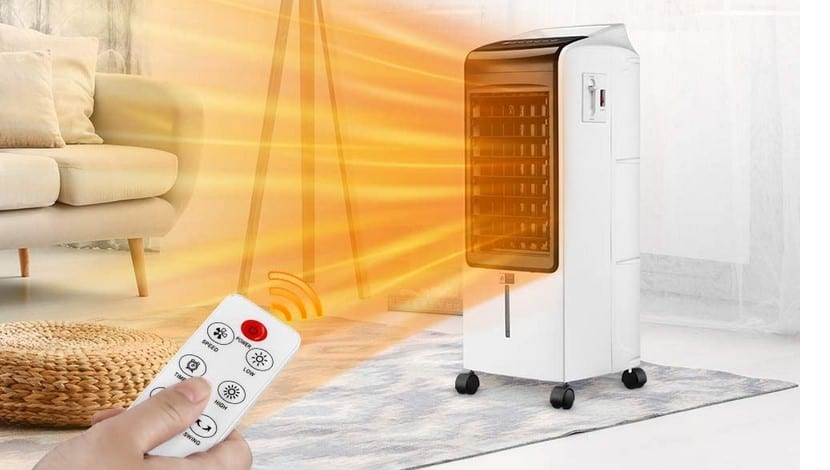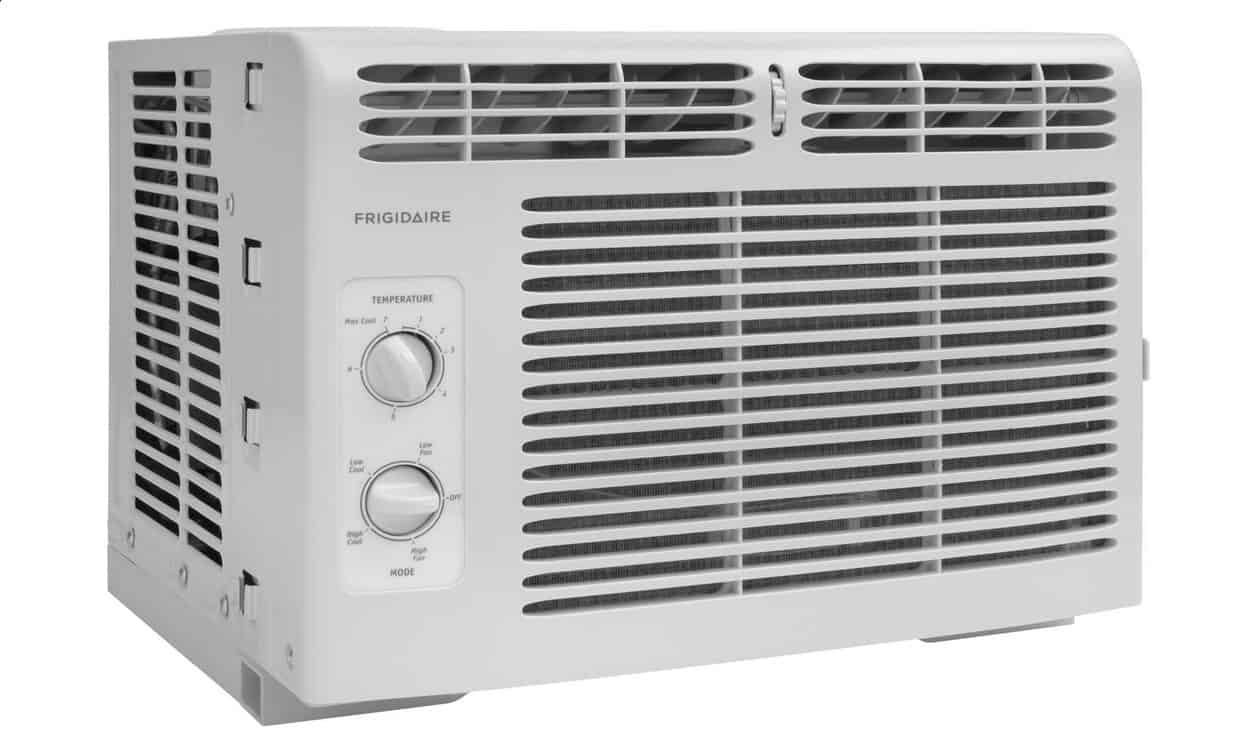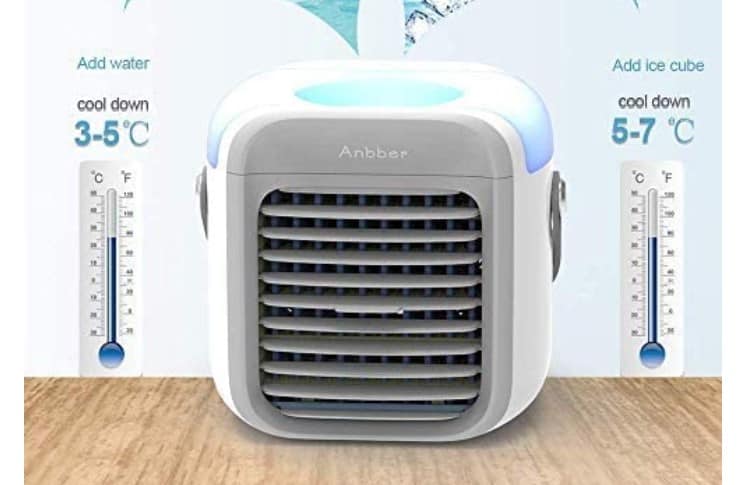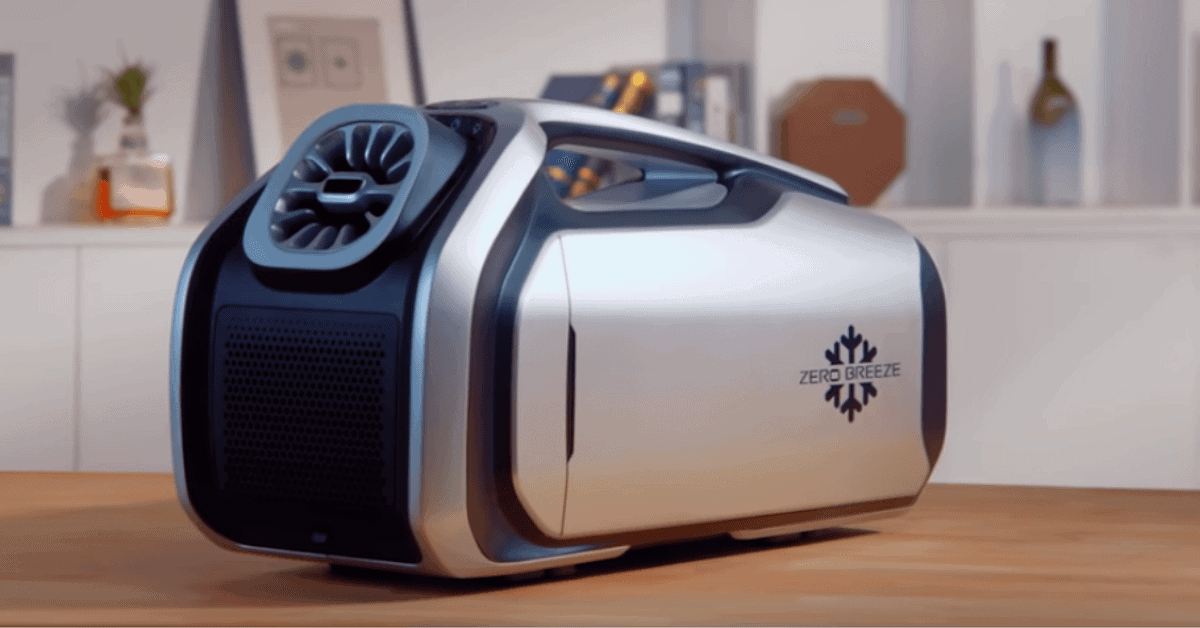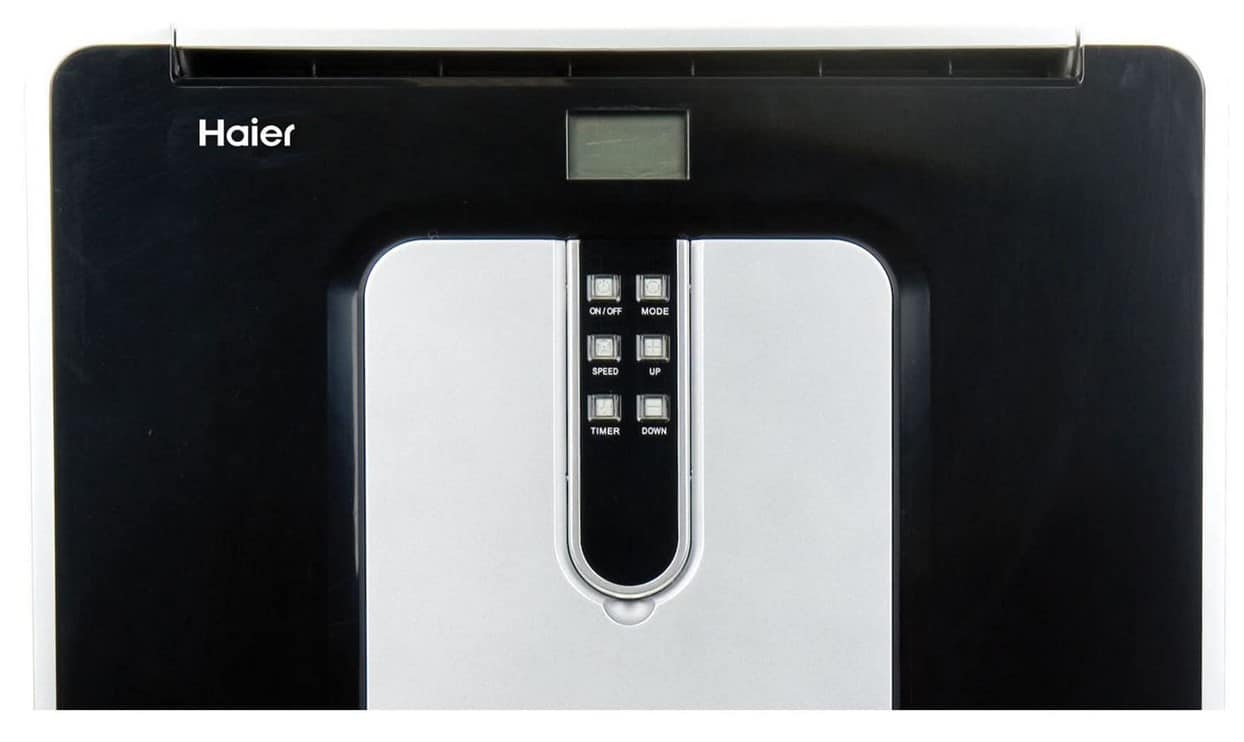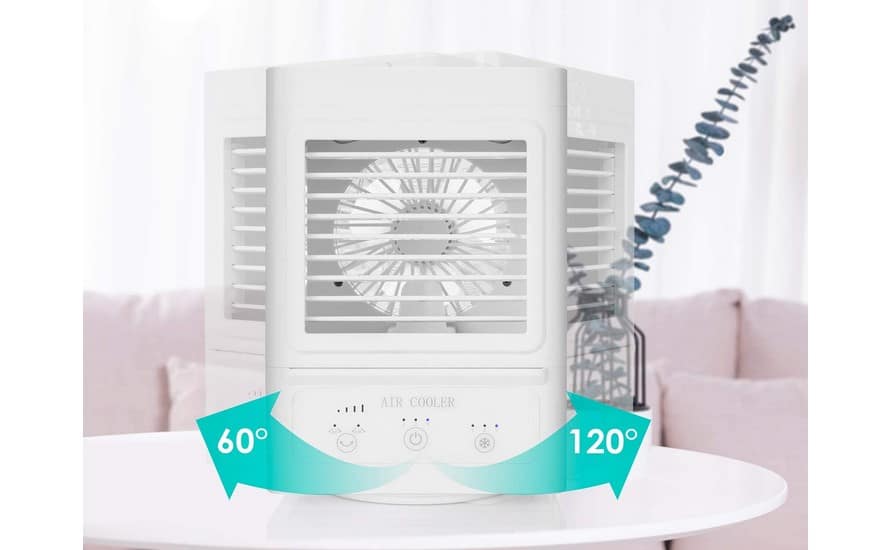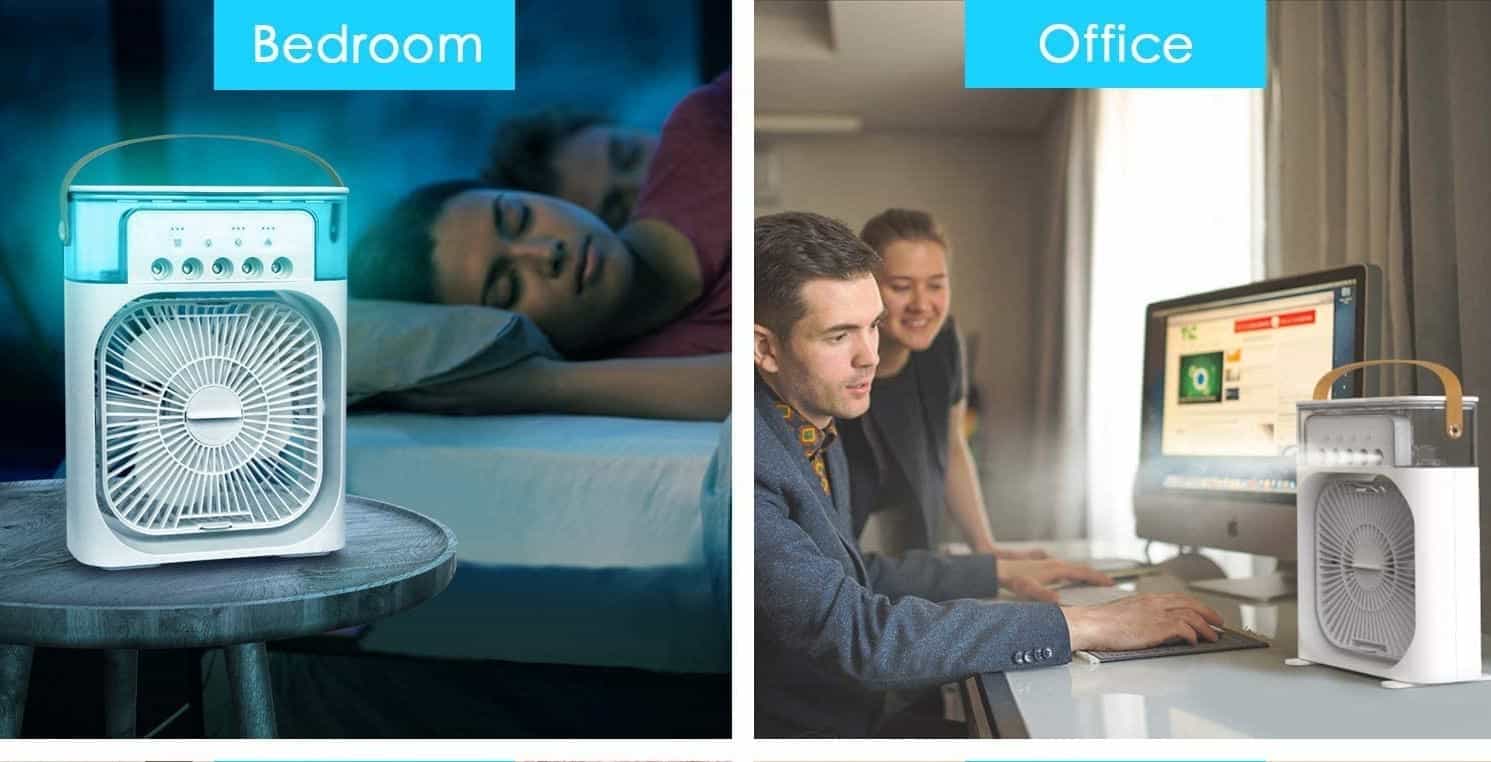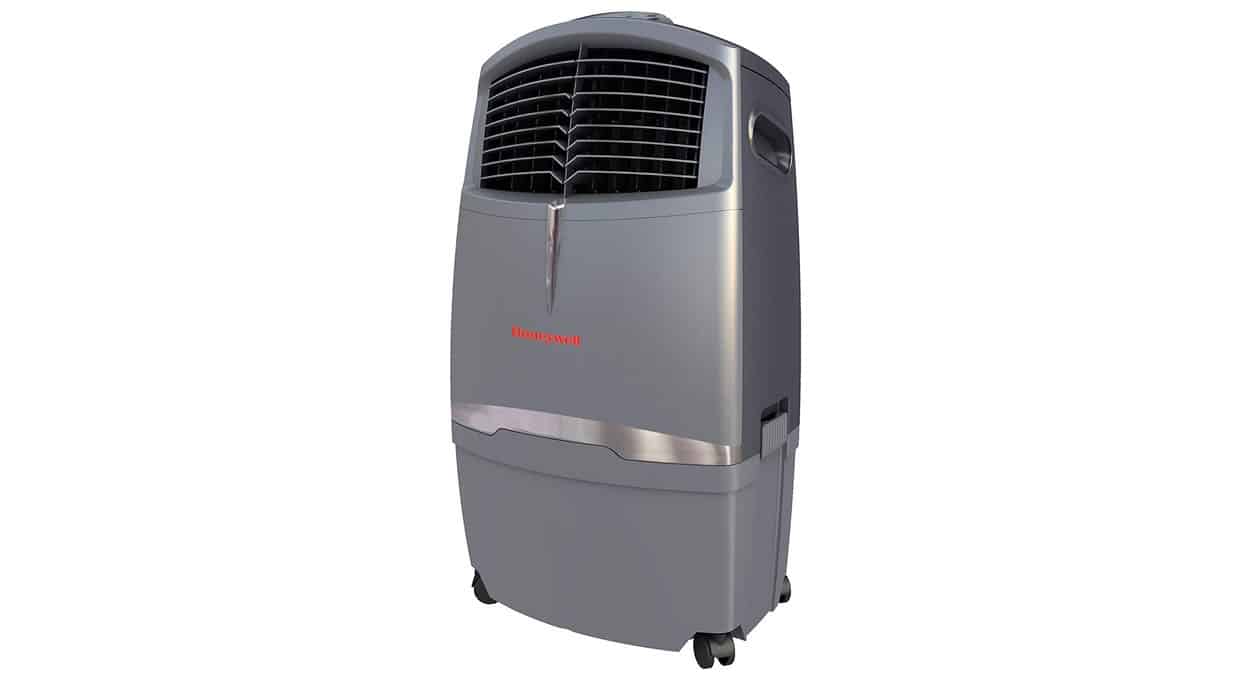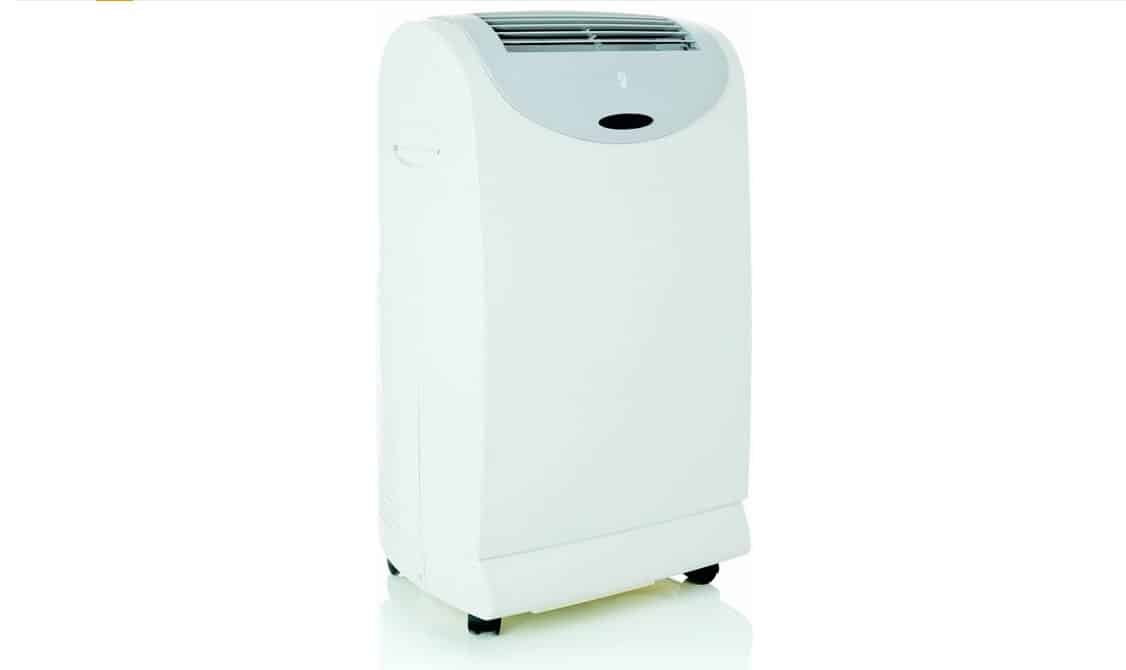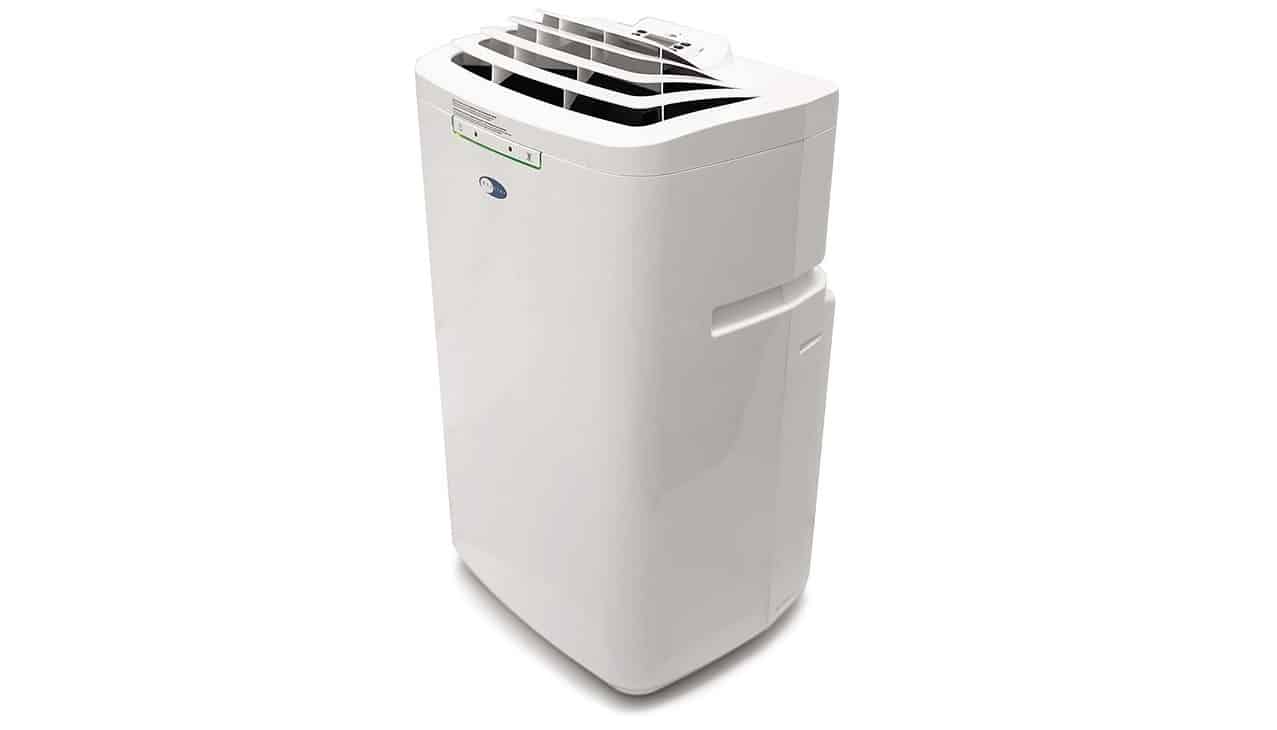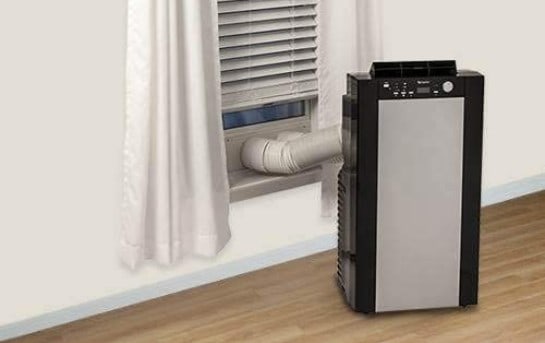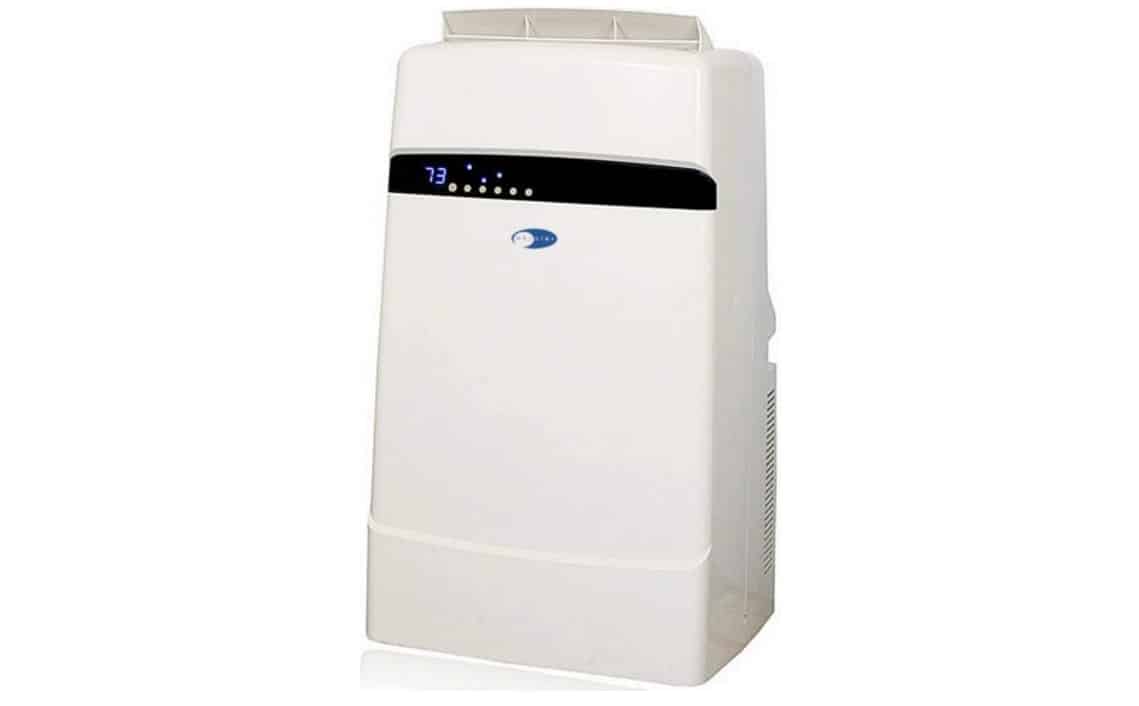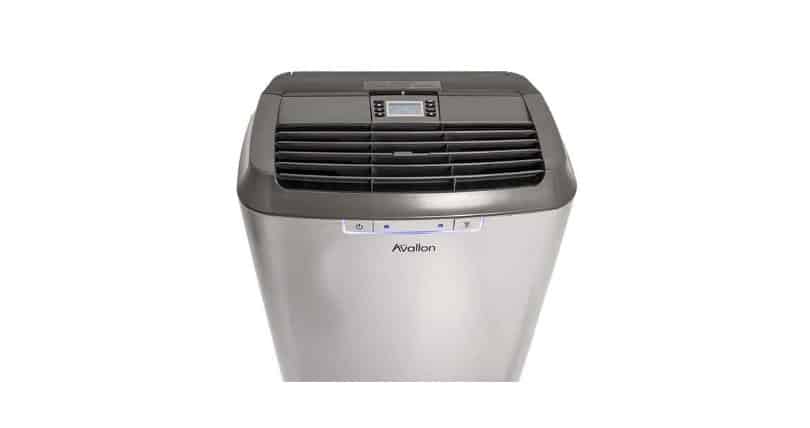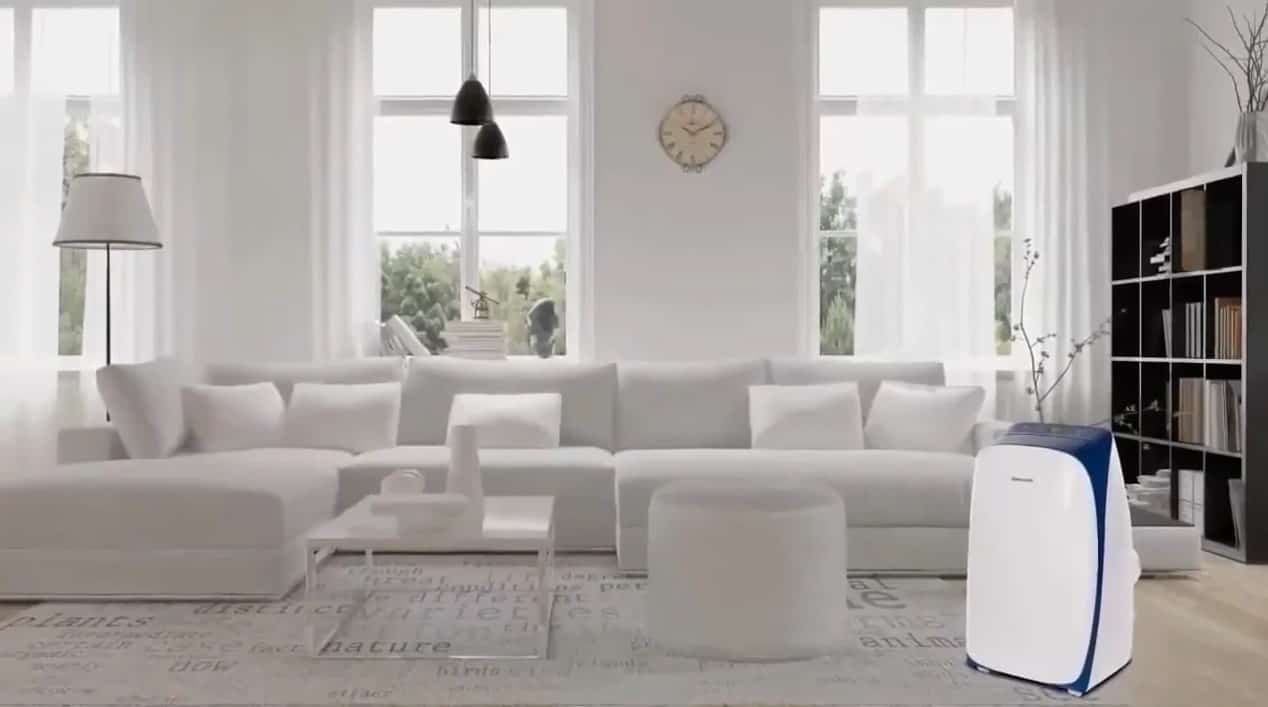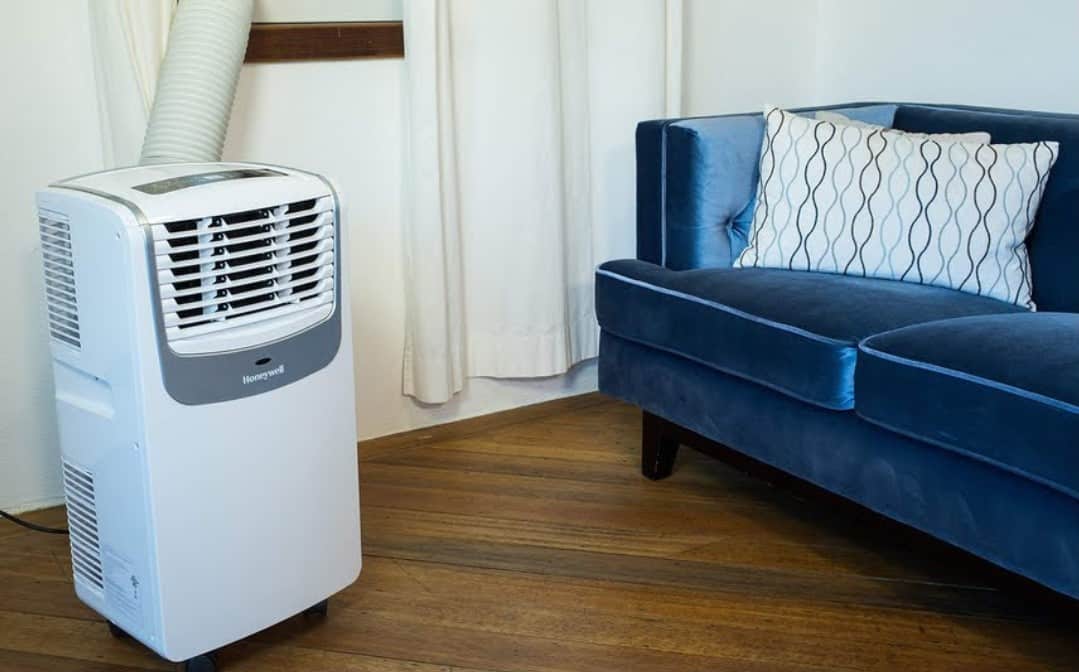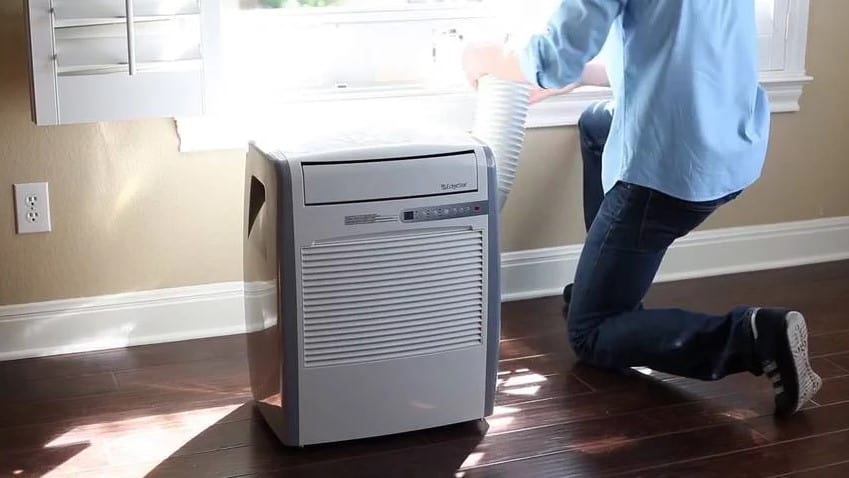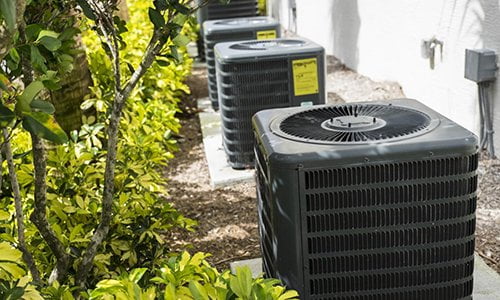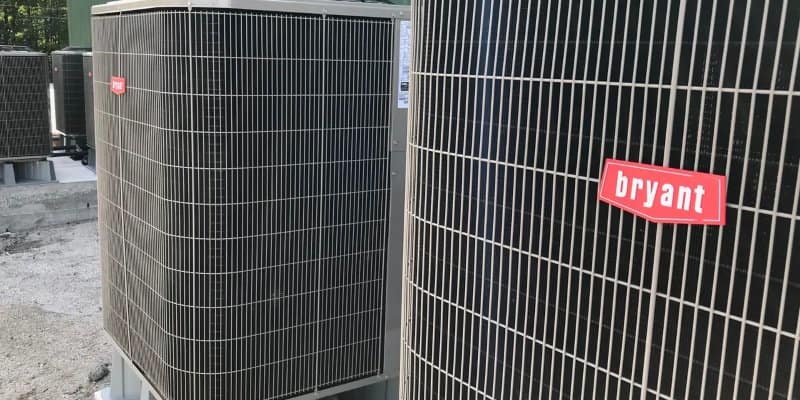Learning how to install a portable AC unit is easy, and so is installing it, as long as you follow a few simple steps. Portable AC units, like the Friedrich P12B dual hose portable room air conditioner, are great for small rooms or for supplementing the cooling power of a standard window unit. The best air conditioner is the one that most efficiently and quickly cools your space, and sometimes having one you can easily move will help you cover all your bases during hot summer months.
KEY TAKEAWAYS:
- Leave at least a few feet of space around any portable air conditioner for the most efficient and effective operation.
- Evaporator coolers don’t require ventilation and can be very effective in smaller rooms, as long as humidity won’t be an issue.
- You can use the included adapter to connect a unit’s ventilation hose to a window, but you may need to buy additional plexiglass and sealing tape to connect it properly to a sliding door.
While you’re at it, look at how to install a slide-out chassis air conditioner You may also want to look into how to find out the BTU of an air conditioner.
Installing a Portable AC Unit
Portable air conditioners installed in crank windows, except for evaporator cooler models, use the same refrigerant air cycling method to cool a room as window mounted and HVAC systems, with the notable difference of being mobile and easy to move. This is true, especially if you’re trying to figure out how to install a window air conditioner in a mobile home.
Insider Tip
Most portable AC units that aren’t evaporator coolers come with adapters for connecting their ventilation hoses to windows or sliding doors.
Since they’re not installed permanently or semi-permanently into windows, walls, or duct systems, installation is fairly simple. That said, there are a few basic things you have to do in order to get the best performance out of your top-rated dual hose portable A/C unit.
Provide Plenty Of Breathing Room
A portable air conditioner needs several feet of clear floor space for proper airflow and efficient operation. Make sure any other electronics or moisture-vulnerable furnishings are at least a few feet clear as well. An air conditioner running in a small, cramped space will be a lot less effective, increasing energy costs and decreasing cooling power.
Make Sure The Seal Is Good
Unless you’re using an evaporator cooler, you’ll have to provide ventilation with a tight seal that doesn’t let air in around the edges of the unit. If you’re using a standard window for ventilation, you’ll need an adapter kit, which should come with your unit. Although a window is preferable for efficiency, you can install it using a sliding glass door. In this case, purchase some plexiglass and sealant tape to make sure the seal is tight.
A Word About Evaporator Coolers
Evaporator coolers, or swamp coolers as they’re sometimes called, are a popular alternative to refrigerant-based portable coolers. They’re lightweight, easy to move, and fairly effective. However, because they use cooled, evaporated water molecules to cool a room, they add considerable humidity to the air and sometimes double as humidifiers. If you’re going to use one, be sure there’s nothing in the room that moisture or excess humidity could easily damage. Swamp coolers are also usually best used in arid climates with little humidity.
Warning
Evaporator coolers create a lot of humidity, so running them in a room that has any moisture-sensitive appliances isn’t advised.
F.A.Q.S
Do portable air conditioners need a water supply?
Only evaporator coolers need a water supply. Evaporator coolers use moisture to cool the air and have a refillable water reservoir. Standard refrigerant models do not need water.
Can you vent a portable air conditioner through a dryer vent?
Generally, no. Manufacturers usually warn against this because the dryer vent is almost always on a different side than an air conditioner exhaust hose and would need to be jerry-rigged to be functional, which is both unsafe and ineffective.
How can I cool a room with no windows?
The easiest and most inexpensive way would be to purchase an evaporator cooler, which typically either uses water from a built-in reservoir or from a water line running through the roof to cool the air with cooled, evaporated water molecules. If you need or want to run a standard refrigerant model and live in a humid climate, for example, you could custom-build a vent hole in a wall or ceiling, though this can be cost and labor prohibitive.
STAT: More than 80% of people who buy a portable AC unit use a window for ventilating it. (source)
REFERENCES:

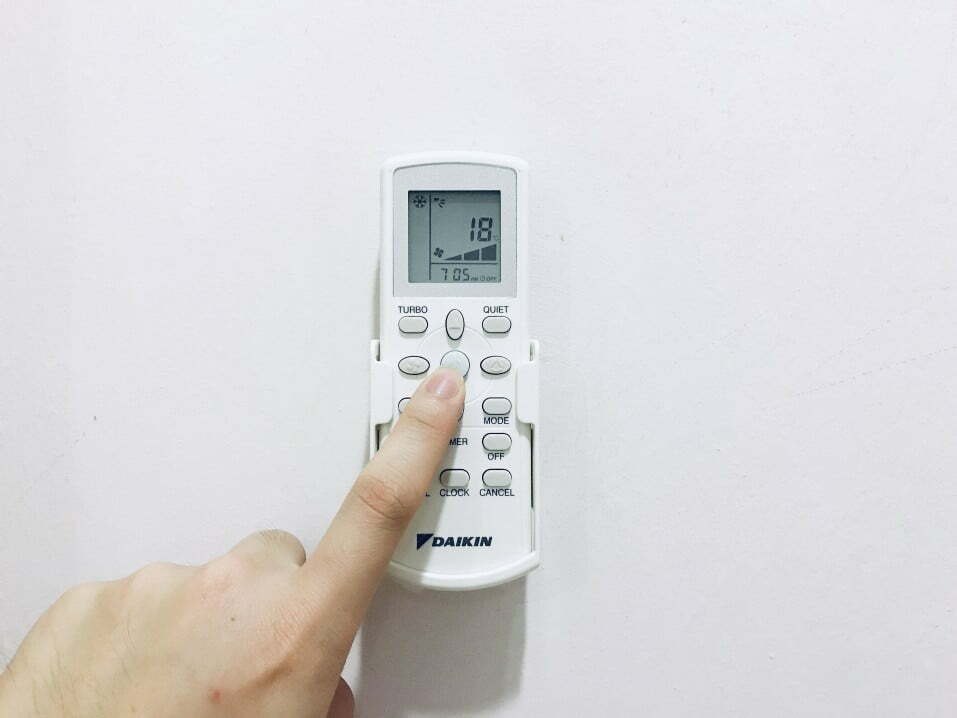













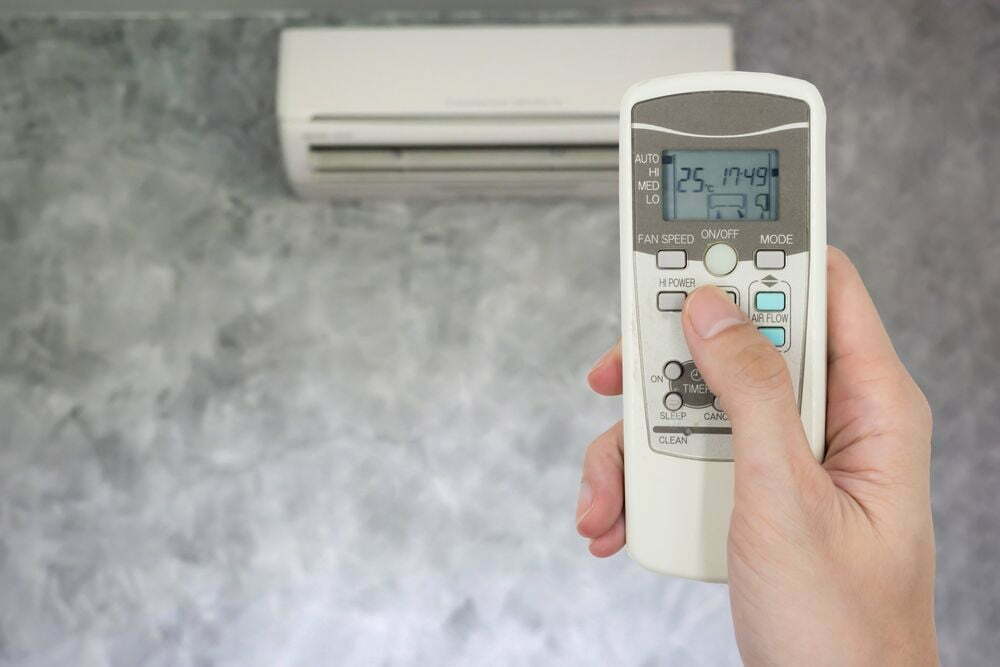
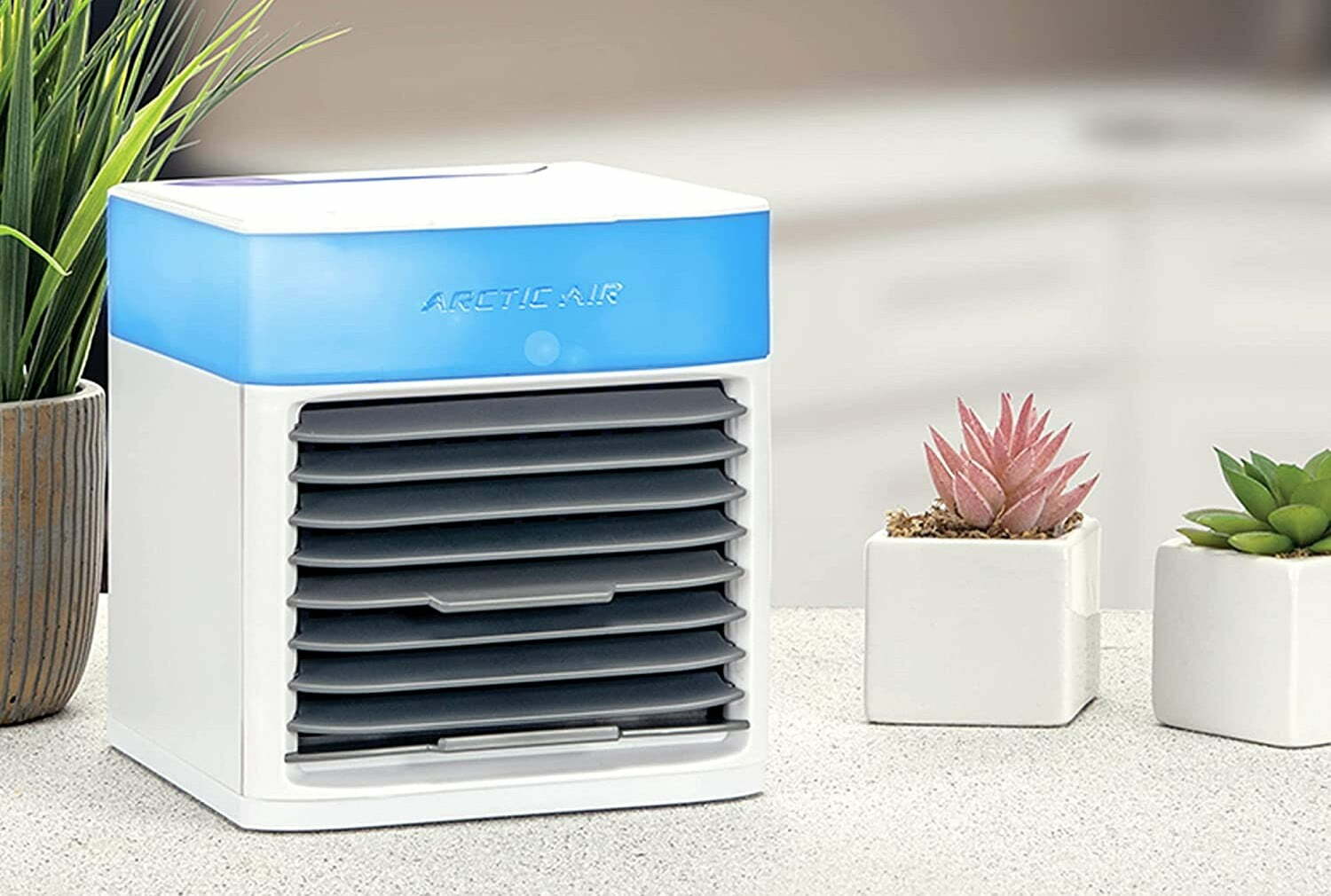
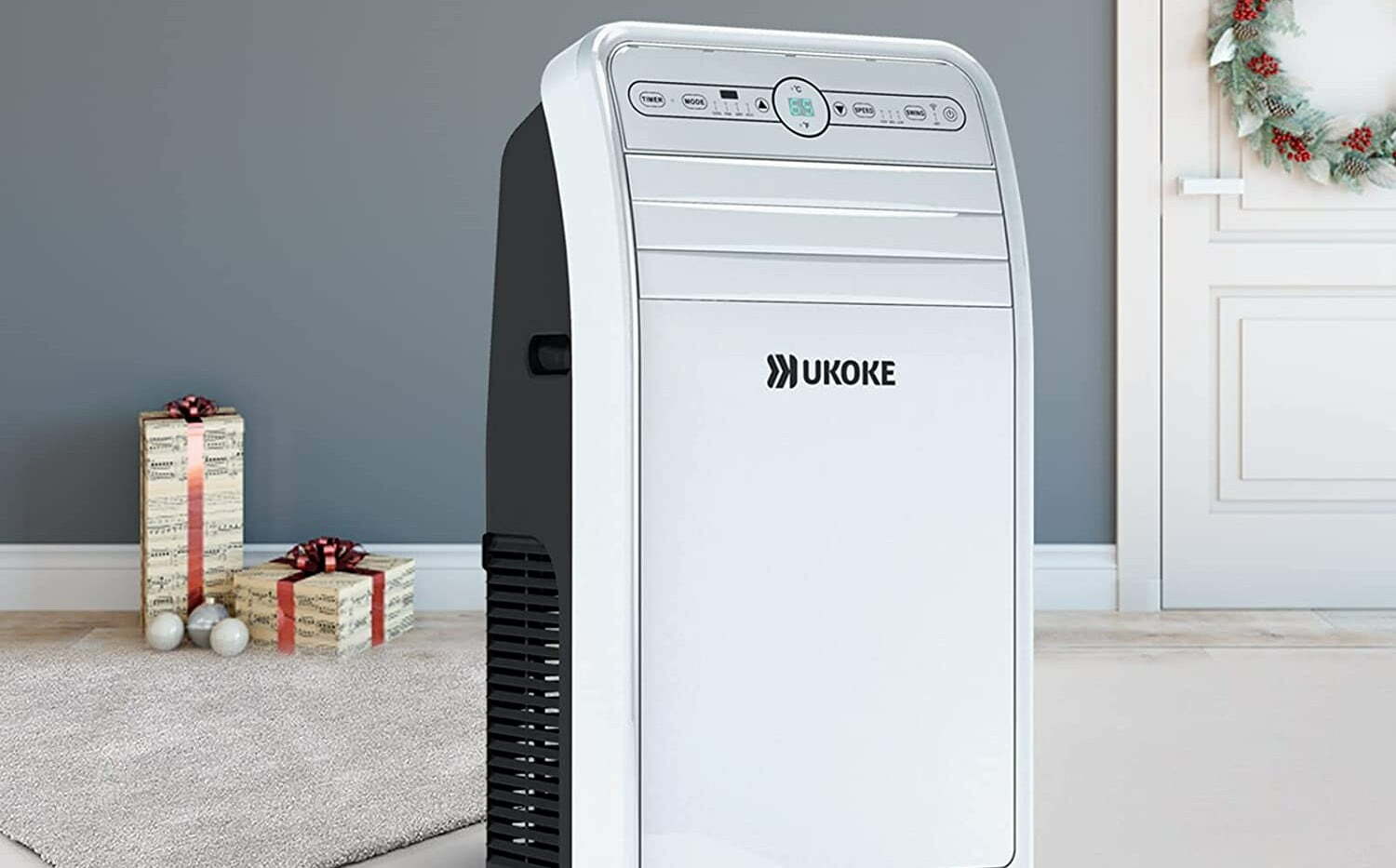
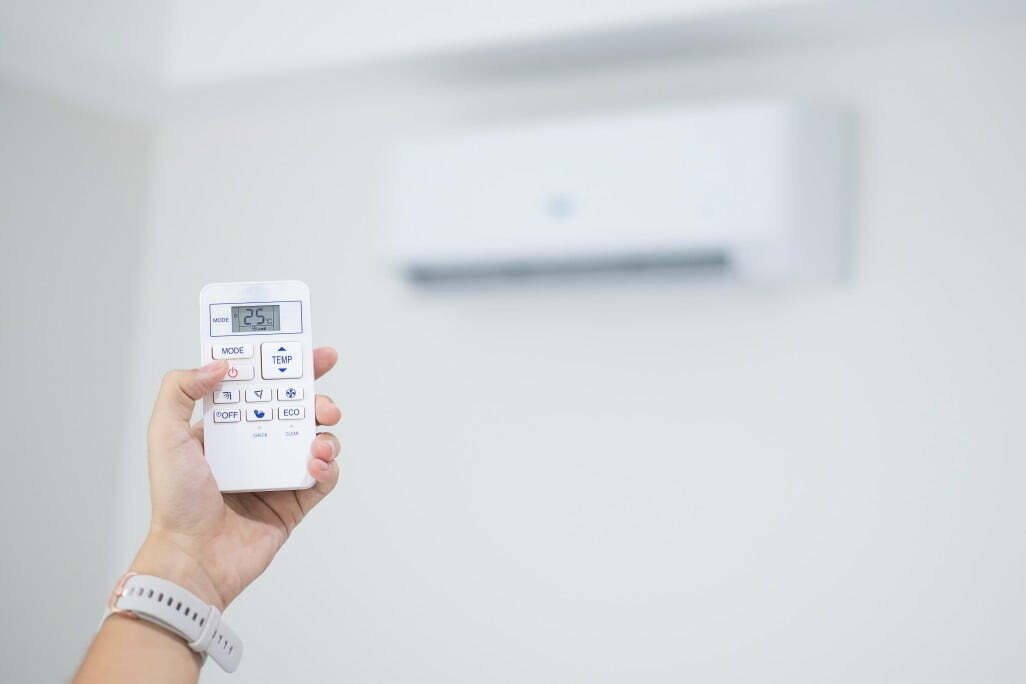
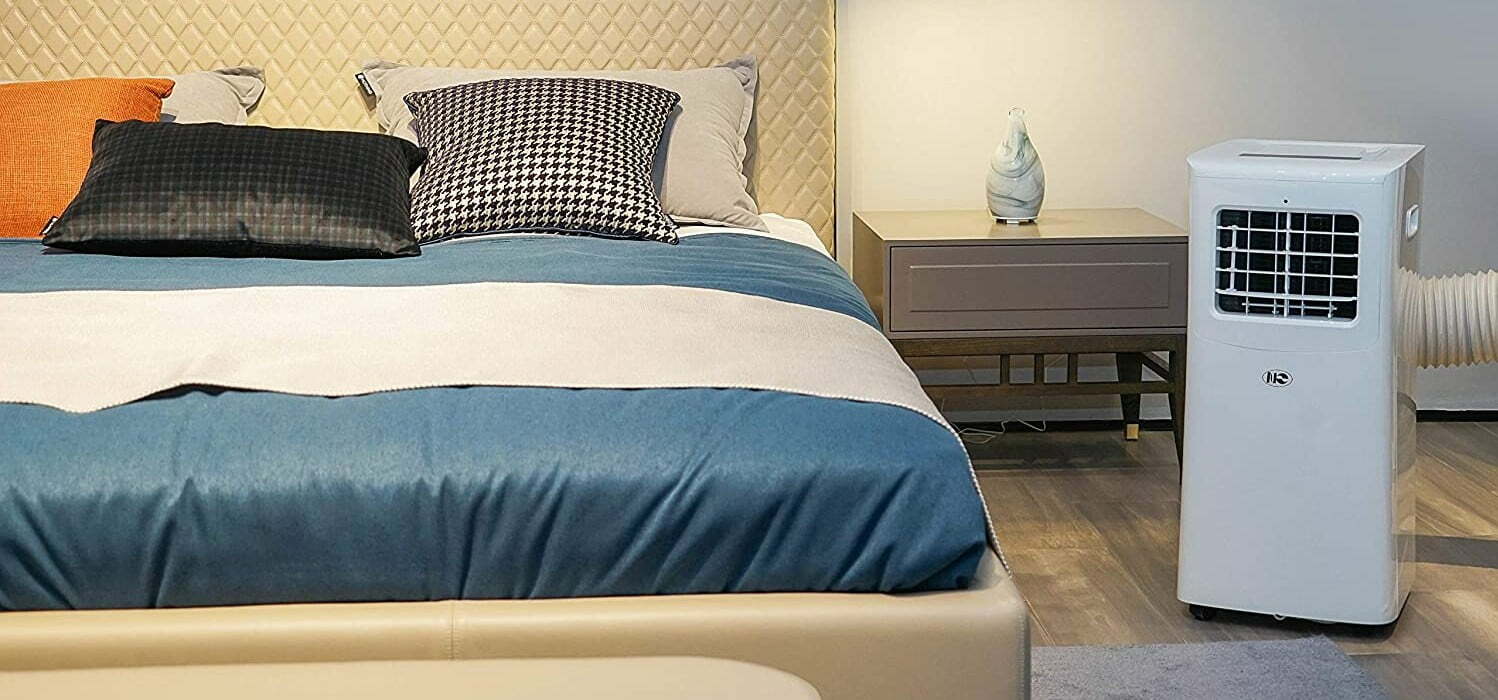
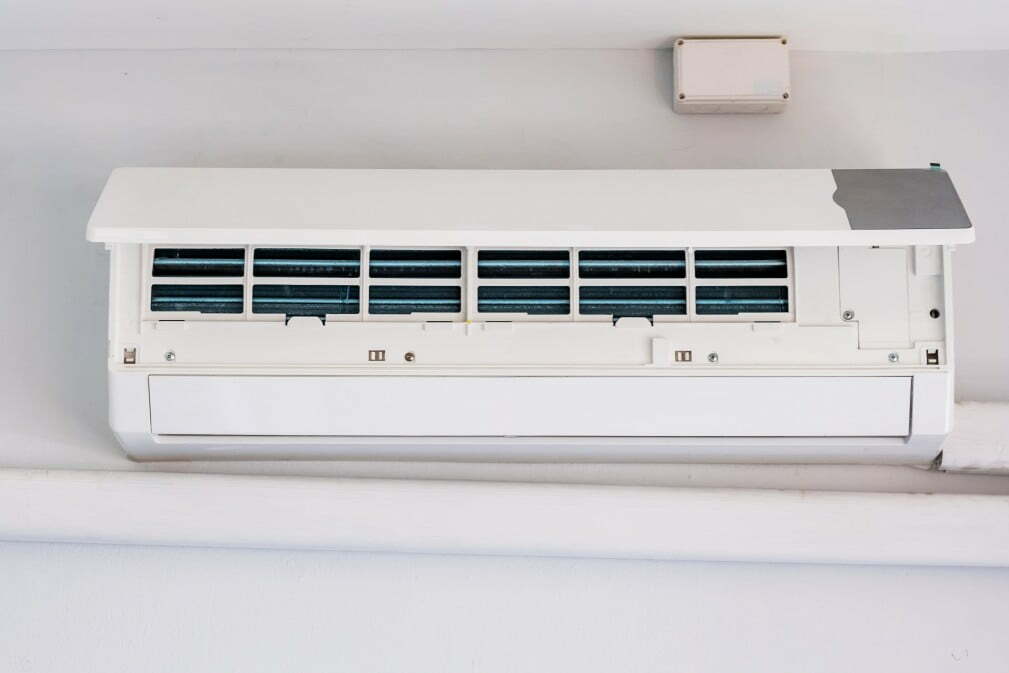
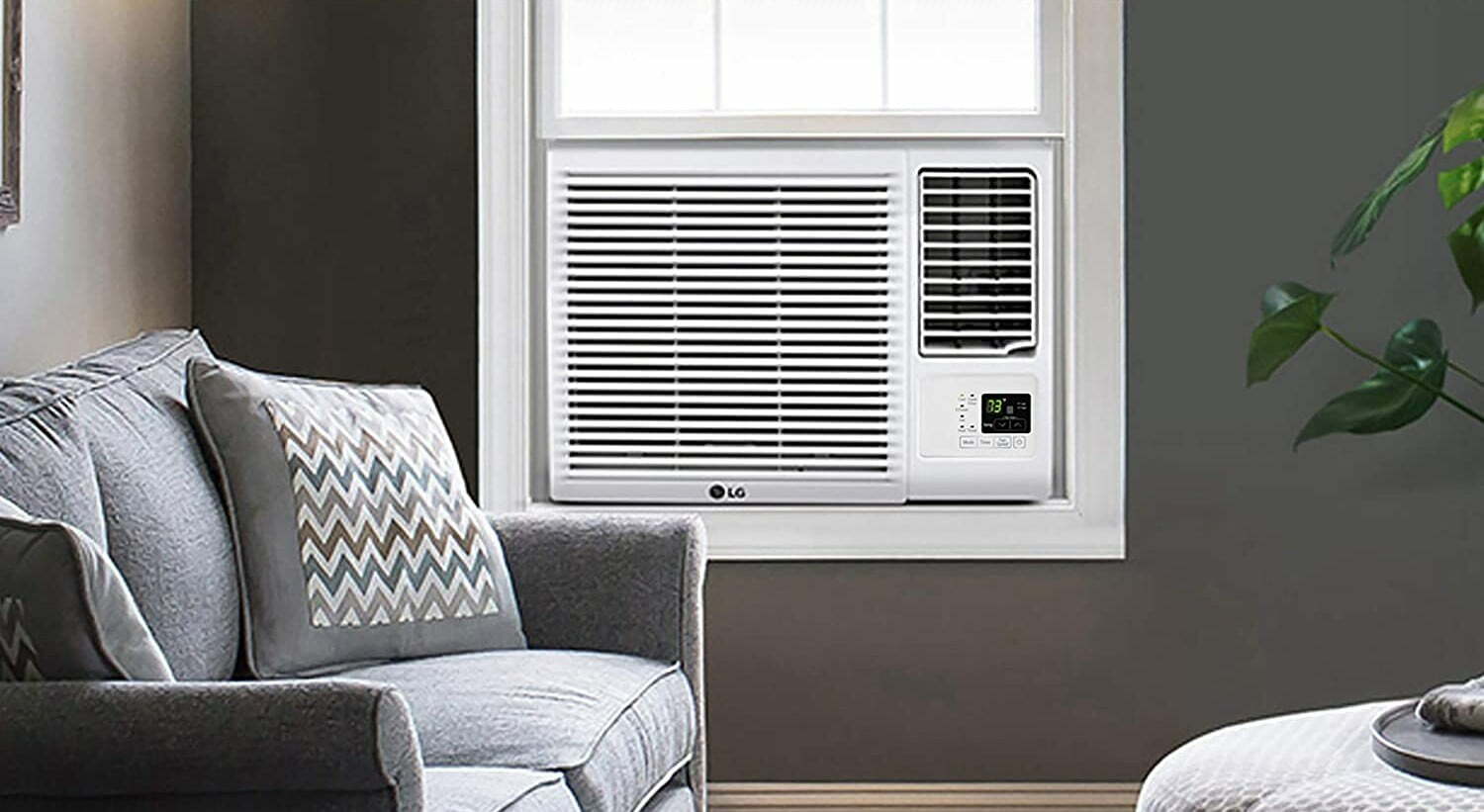
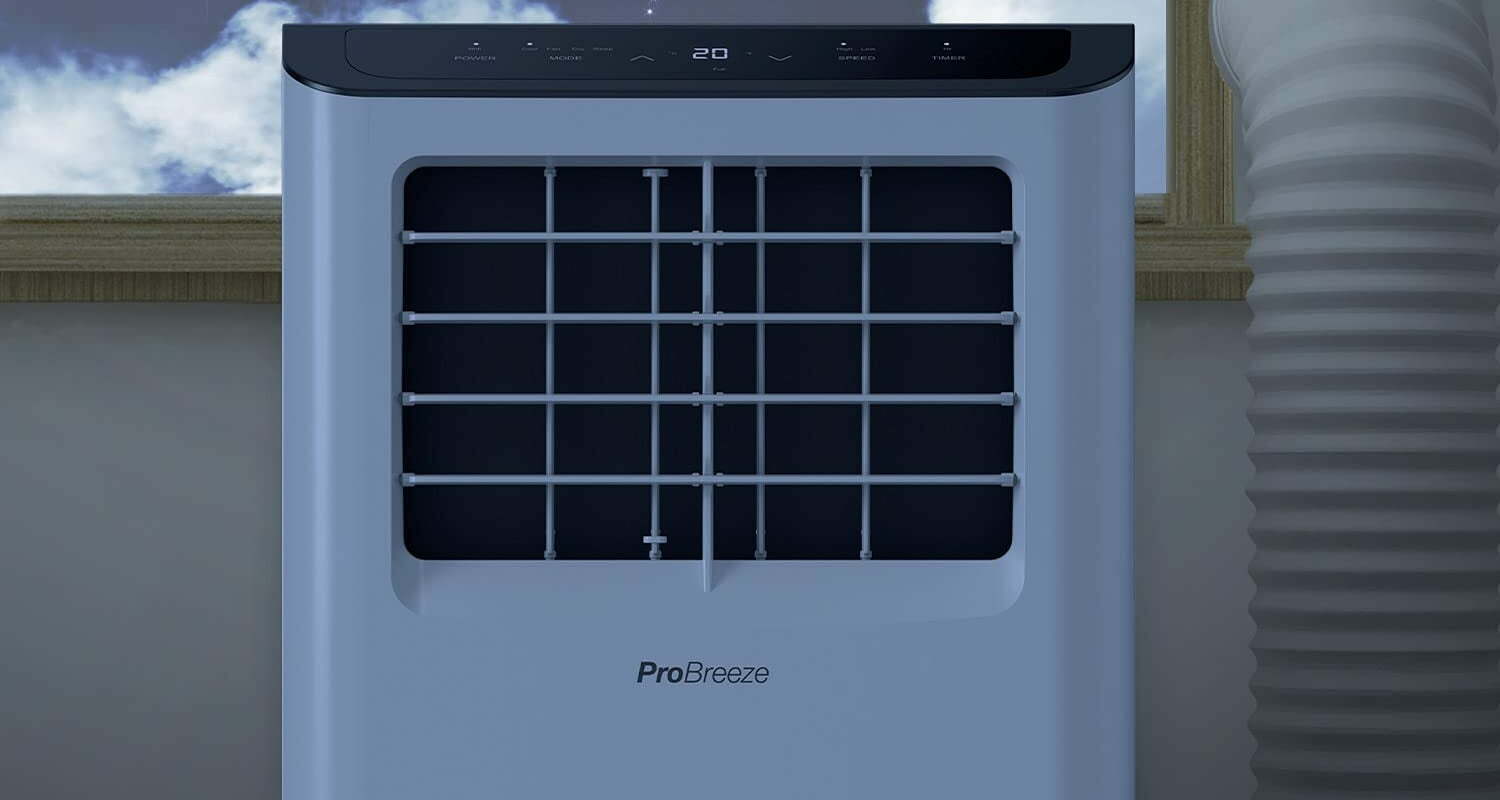

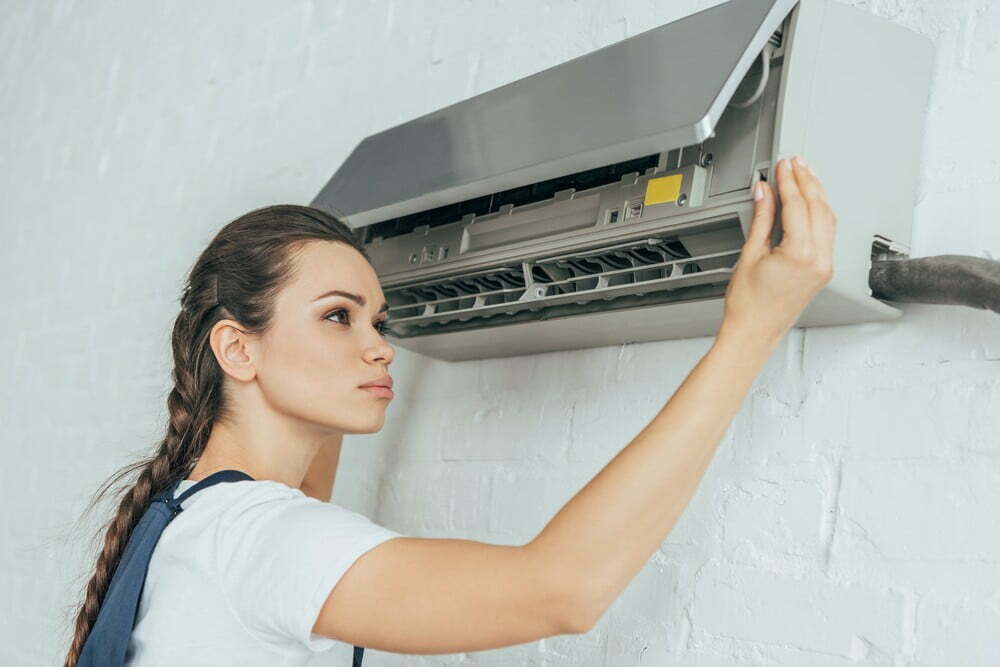
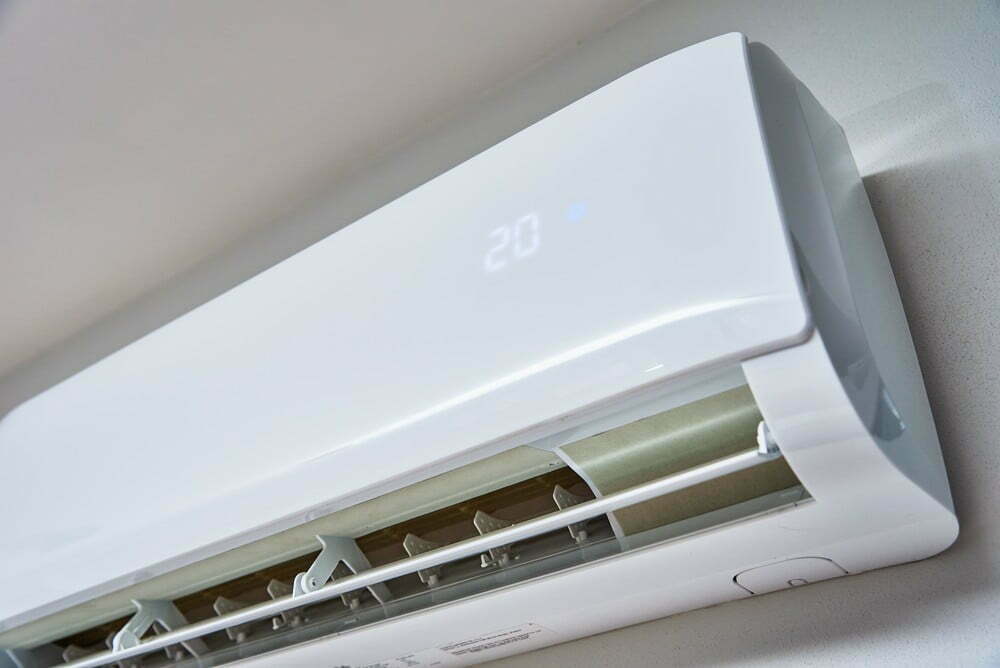
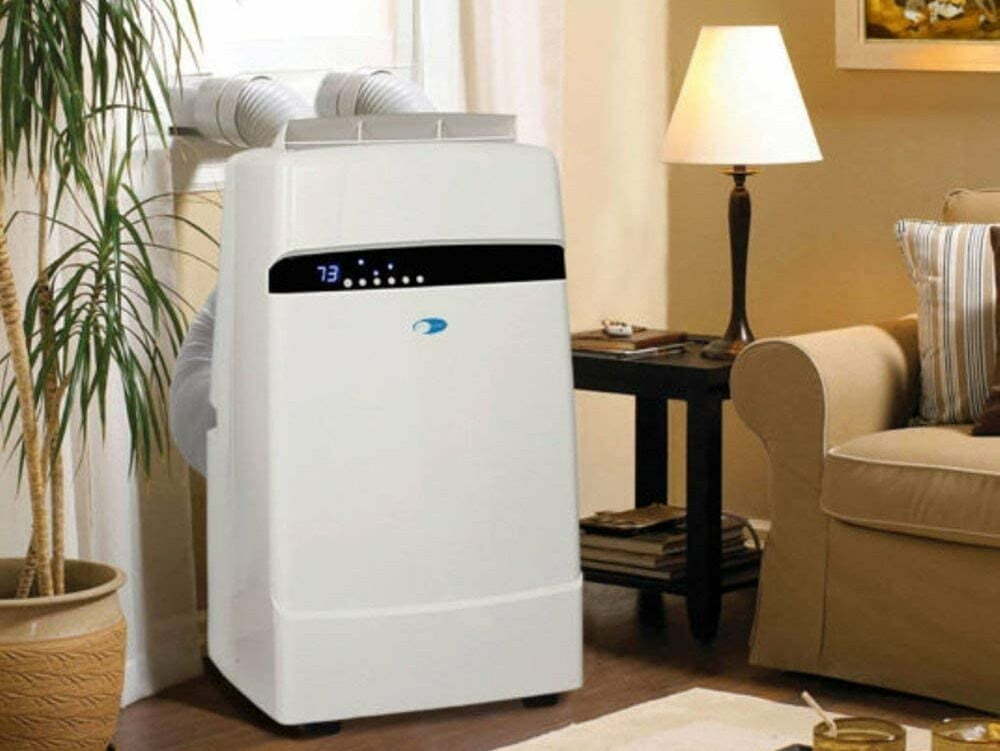
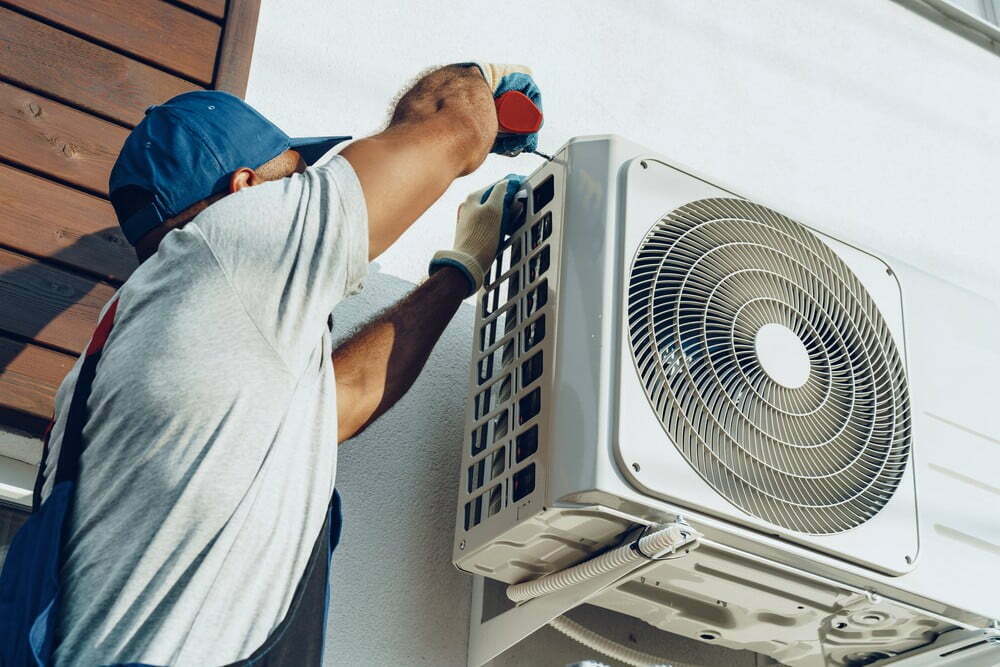
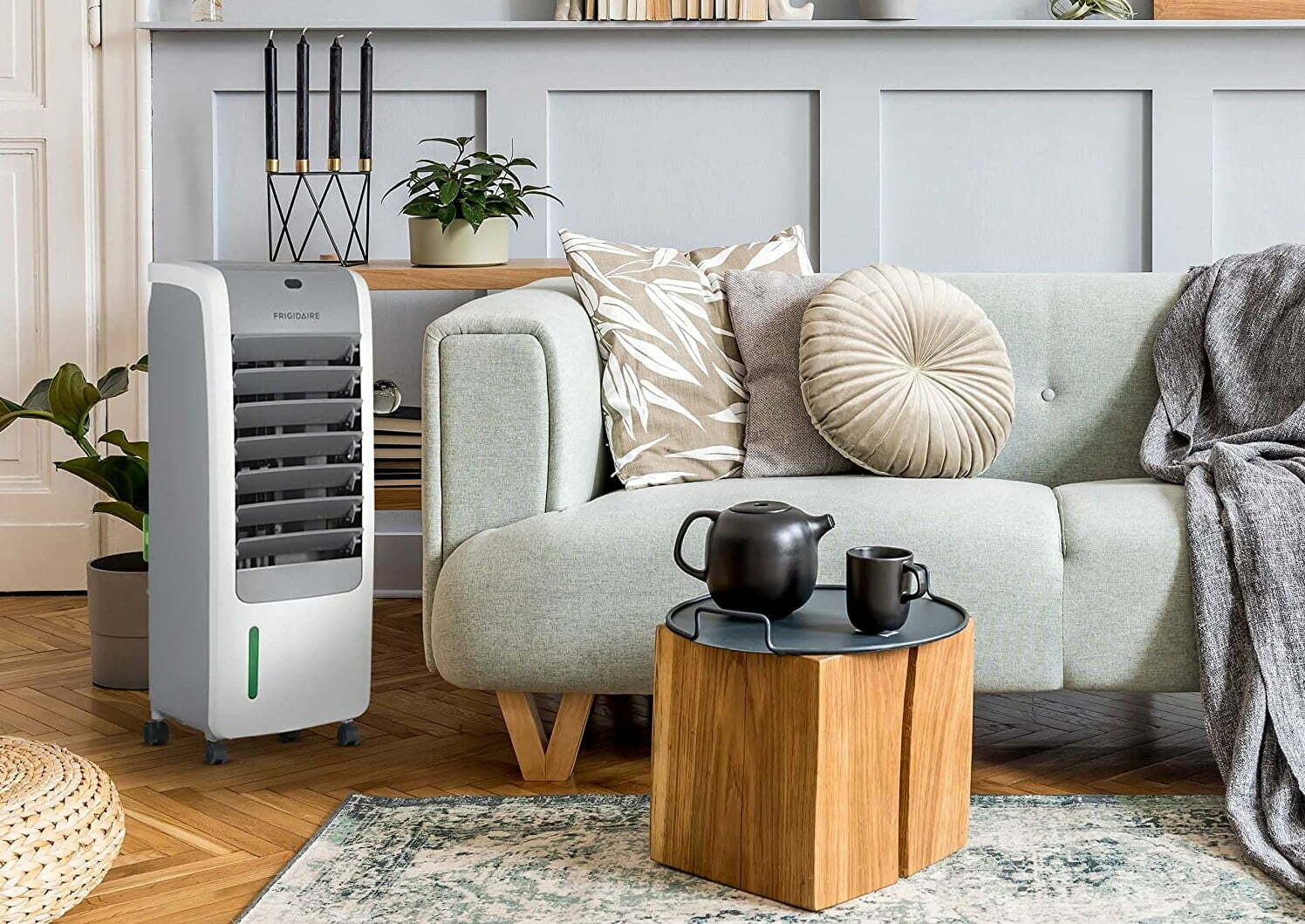
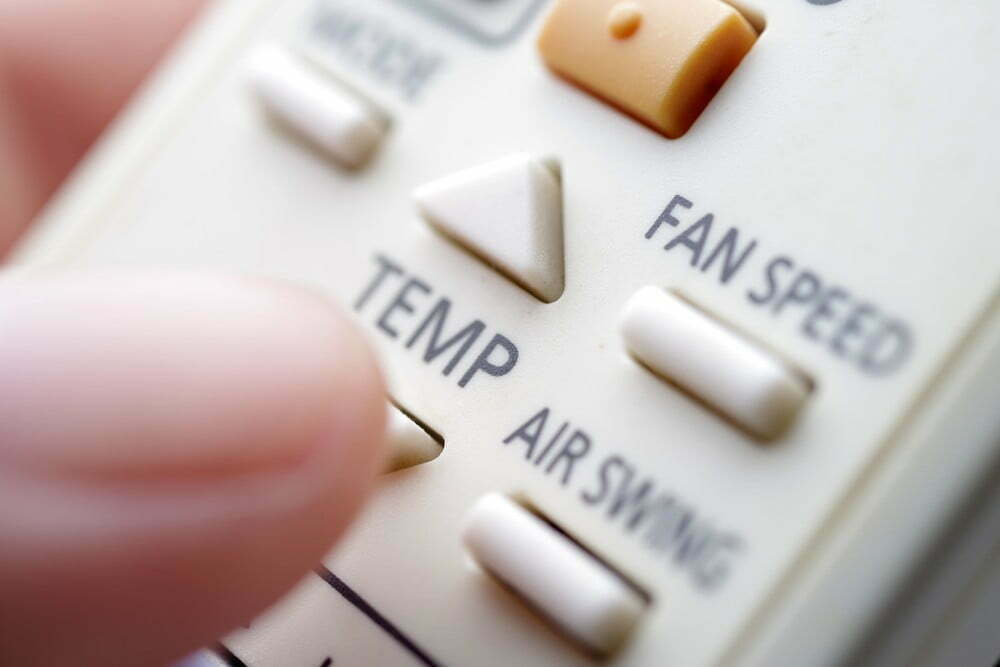
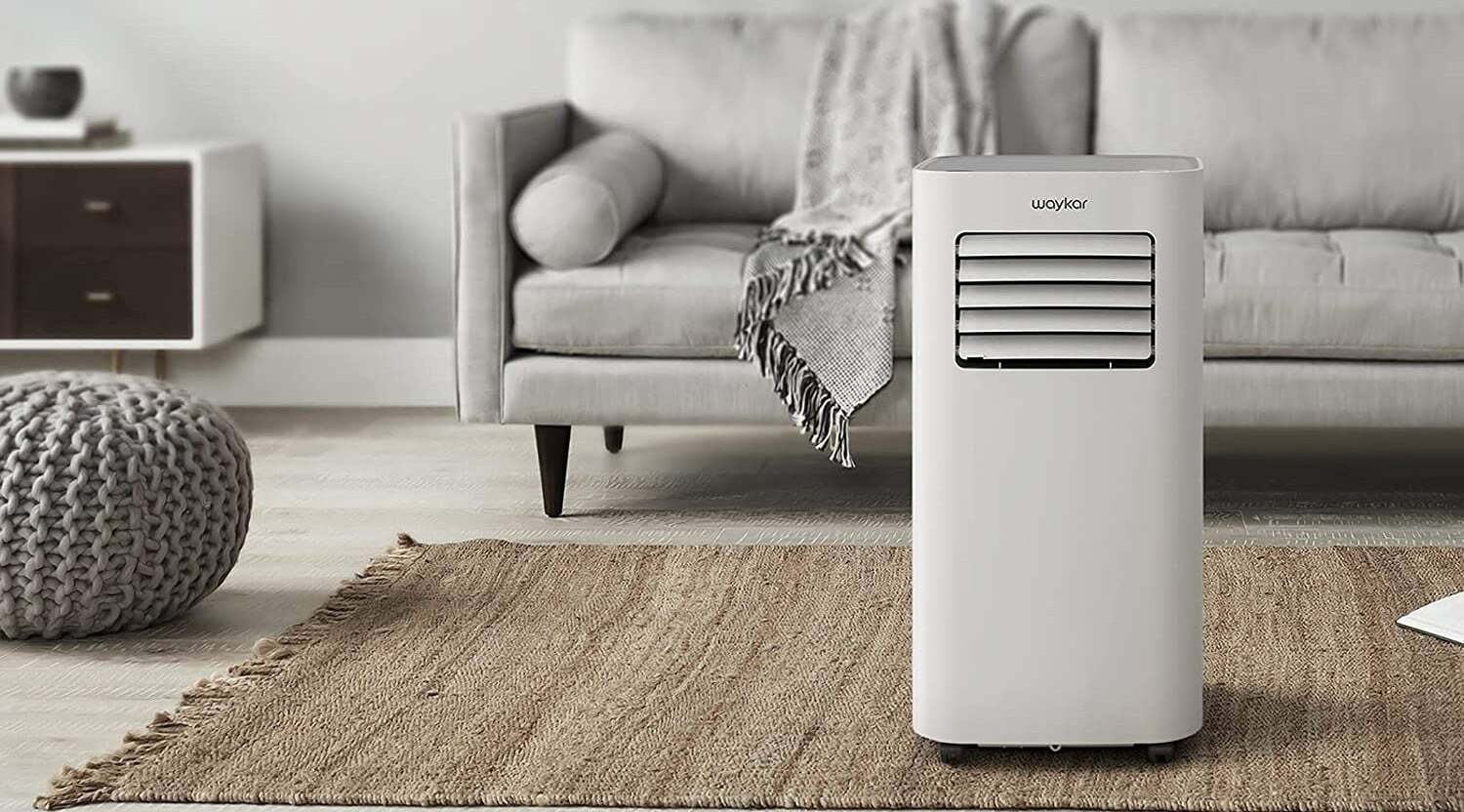
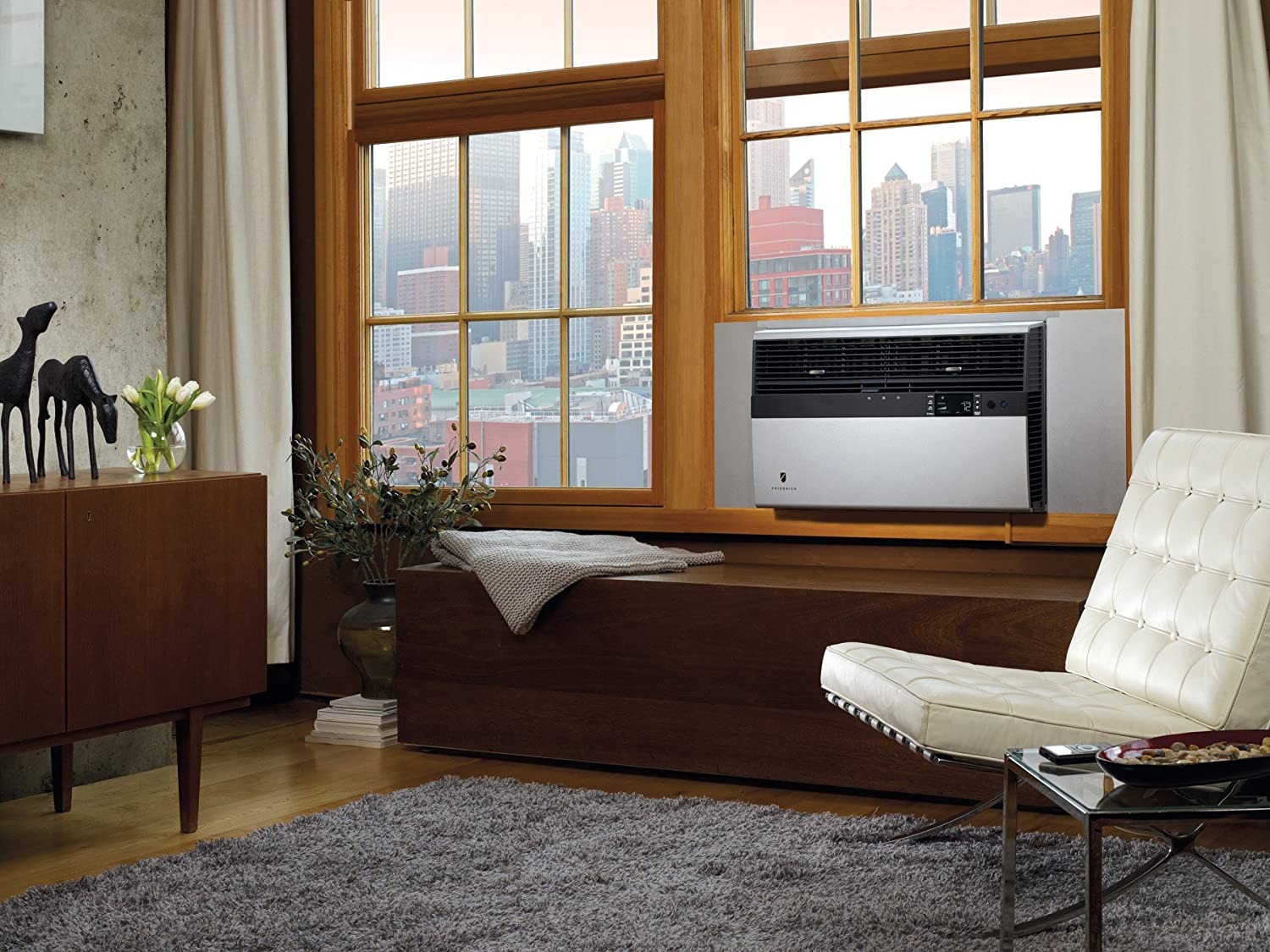

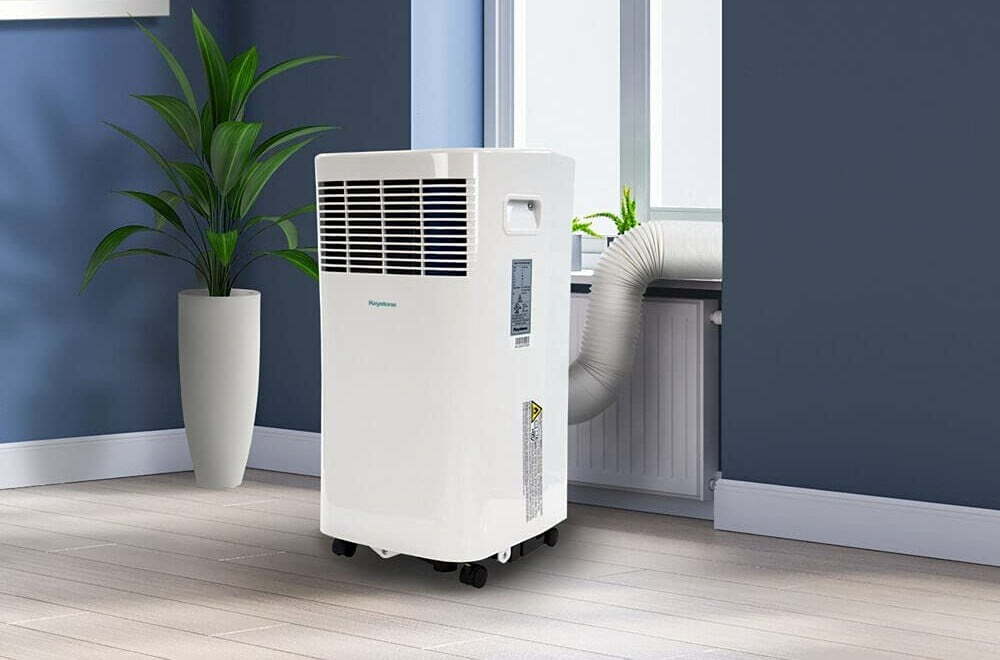
![Best Air Conditioners in [year] ([month] Reviews) 27 Best Air Conditioners in 2026 (January Reviews)](https://www.gadgetreview.dev/wp-content/uploads/best-air-conditioners-image.jpg)
![Quietest Through The Wall Air Conditioners in [year] 28 Quietest Through The Wall Air Conditioners in 2026](https://www.gadgetreview.dev/wp-content/uploads/quietest-through-the-wall-air-conditioner-image.jpg)
![Best 10000 BTU Air Conditioners in [year] 29 Best 10000 BTU Air Conditioners in 2026](https://www.gadgetreview.dev/wp-content/uploads/best-10000-btu-air-conditioner-image.jpg)
![Best 15000 BTU Air Conditioners in [year] 30 Best 15000 BTU Air Conditioners in 2026](https://www.gadgetreview.dev/wp-content/uploads/best-15000-btu-air-conditioner-image.jpg)
![Best 15000 BTU Window Air Conditioners in [year] 31 Best 15000 BTU Window Air Conditioners in 2026](https://www.gadgetreview.dev/wp-content/uploads/best-15000-btu-window-air-conditioner-image.jpg)
![Best 12000 BTU Air Conditioners in [year] 32 Best 12000 BTU Air Conditioners in 2026](https://www.gadgetreview.dev/wp-content/uploads/best-12000-btu-air-conditioner-image.jpg)
![Best Photocatalytic Oxidation Air Purifiers in [year] 33 Best Photocatalytic Oxidation Air Purifiers in 2026](https://www.gadgetreview.dev/wp-content/uploads/best-photocatalytic-oxidation-air-purifier-image.jpg)
![Best Ventless Portable Air Conditioners in [year] 34 Best Ventless Portable Air Conditioners in 2026](https://www.gadgetreview.dev/wp-content/uploads/best-ventless-portable-air-conditioner-image.jpg)
![Best Window Air Conditioners with Heat in [year] 35 Best Window Air Conditioners with Heat in 2026](https://www.gadgetreview.dev/wp-content/uploads/best-window-air-conditioner-with-heat-image.jpg)
![Best Inverter Air Conditioners in [year] 36 Best Inverter Air Conditioners in 2026](https://www.gadgetreview.dev/wp-content/uploads/best-inverter-ac-image.jpg)
![Best HEPA Air Purifiers in [year] 37 Best HEPA Air Purifiers in 2026](https://www.gadgetreview.dev/wp-content/uploads/best-hepa-air-purifier-image.jpg)
![Best Quiet Window Air Conditioners in [year] 38 Best Quiet Window Air Conditioners in 2026](https://www.gadgetreview.dev/wp-content/uploads/quiet-window-air-conditioner-image.jpg)
![Best Energy Efficient Window Air Conditioners in [year] 39 Best Energy Efficient Window Air Conditioners in 2026](https://www.gadgetreview.dev/wp-content/uploads/best-energy-efficient-window-air-conditioner-image.jpg)
![Best Quiet Portable Air Conditioners in [year] 40 Best Quiet Portable Air Conditioners in 2026](https://www.gadgetreview.dev/wp-content/uploads/quiet-portable-air-conditioner-image.jpg)
![Best 6000 BTU Air Conditioners in [year] 41 Best 6000 BTU Air Conditioners in 2026](https://www.gadgetreview.dev/wp-content/uploads/best-6000-btu-air-conditioner-image.jpg)
![Best 8000 BTU Air Conditioners in [year] 42 Best 8000 BTU Air Conditioners in 2026](https://www.gadgetreview.dev/wp-content/uploads/best-8000-btu-air-conditioner-image.jpg)
![Best Small Window Air Conditioner in [year] 43 Best Small Window Air Conditioner in 2026](https://www.gadgetreview.dev/wp-content/uploads/best-small-window-air-conditioner-image.jpg)
![Best 5000 BTU Air Conditioners in [year] 44 Best 5000 BTU Air Conditioners in 2026](https://www.gadgetreview.dev/wp-content/uploads/best-5000-btu-air-conditioner.jpg)
![Best Mini Split in [year] 45 Best Mini Split in 2026](https://www.gadgetreview.dev/wp-content/uploads/best-ductless-mini-split-air-conditioner-image.jpg)
![10 Best Portable Air Conditioners and Heaters in [year] 46 10 Best Portable Air Conditioners and Heaters in 2026](https://www.gadgetreview.dev/wp-content/uploads/best-portable-air-conditioner-and-heater-image.jpg)
